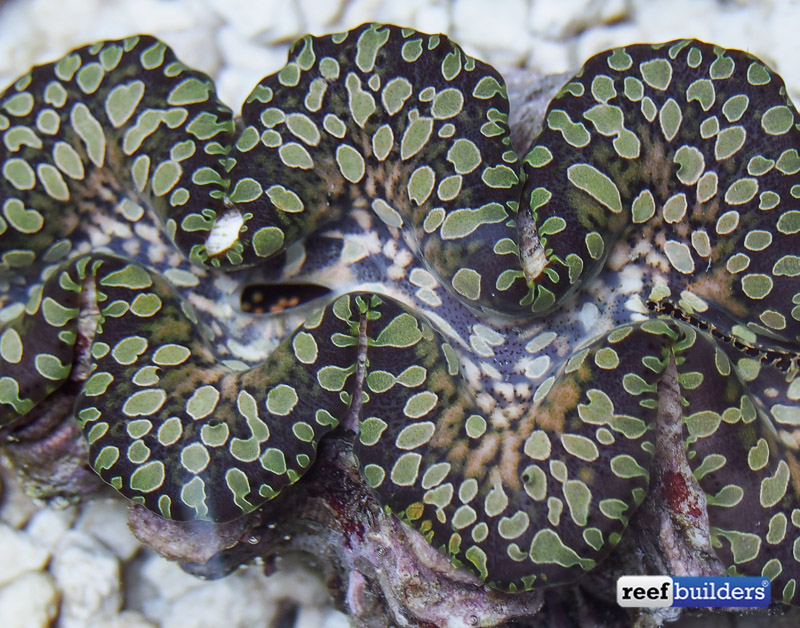After years of shipping out some really neat corals, the Kingdom of Tonga has finally moved forwards with permits for the export of wild, giant clams. Tonga is in the heart of giant clam biodiversity with at least eight of the eleven known species naturally occurring within its boundaries, including the endemic species, Tridacna (tevoroa) mbalavuana, the Devil clam.

In the past couple months, a couple shipments of giant clams from Tonga have made their way to New York and Los Angeles, with the most recent delivery coming to Pacific Aqua Farms where we were able to get a good look at some representative Tridacna specimens. The shipment of Tonga giant clams included at least four of the fabled Devil clams, as well as a nice assortment of a lot of the other species, with at least one odd specimen of blue “squamosa” which defies being specifically identified.

Naturally, the lion’s share of the attention for Tonga giant clams went to the infamous devil clams, all of which came in quite large, but with beautiful patterns that give the clams inherent beauty beyond their rarity. These large specimens of Tridacna mbalavuana were immediately earmarked for display aquariums in the area and we hope to follow up with the first captive specimens of these devil clams in the near future.

While everyone was busy ogling the giant Devil clams, we were really impressed with the diversity of the other giant clams species from Tonga, including some very nice black & white tiger maxima, much larger than we’ve seen in a long time, and a great deal of shape and color diversity even within the maxima clams. Once regarded as a form of Tridacna maxima, the Tridacna noae teardrop clams were also exceptional in their color and pattern, and the teardrop pattern was especially well defined on these specimens.

Here you can see the really odd powder blue mantle of a giant clam which straddles the middle ground between squamosa and maxima clams, both in color and in pattern, and even its shell is bizarrely featured with scutes very prominent on one side and nearly absent on the other side, but this could be an artifact of where and how it was living on the natural reef.




